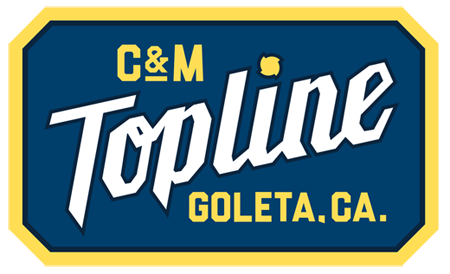There are five components to the brass cleaning process
- The Machine
- The Fluid System
- Media and Compound Selection
- Brass Shell Separation
- Drying
The selection of options will depend on the size of your brass cleaning and reloading operation and your budget.
- The Machine
The Mr Deburr DB300 will process approximately one 5 gallon bucket of shells per load with a proper media fill. The Mr Deburr DB600 will process approximately three 5 gallon buckets of shells per load with a proper media fill. There are also large round bowl system that have automatic separation capabilities. They come in a 3CF, 5CF & 10CF size. These Machines have advanced capabilities but are much more costly and may be unnecessary for the level of your operation. The ratio of media to parts for the brass cleaning process can vary but in general the ratio of parts is higher than the standard deburring or cleaning process for other parts.
- The Fluid System
There are three ways to setup a fluid system on a vibratory finishing machine.
- Batch Style: This is the simplest method. Using this style the discharge drain is plugged, water and compounds are placed in the machine at the correct ratios and the machine is simply drained and flushed after each batch of parts.
- Circulation Style:This is the most common method. Using this style on a C&M Topline machine, you will use the V102 system which consists of a pail placed under the drain pipe of the machine, fluid pump, and hose to recycle the mater through the machine. As the fluid is recirculated through the system the residue from the cleaning process will end up on the bottom of the pail. The water and compound are circulated through the machine and the material from the cleaning process will end up in the bottom of the pail.
- Flow Through Style: This is the ideal way to run a brass cleaning system. Using this style the water and compound is mixed with a mixing valve or just mixed in a pail with a pump at the bottom that brings the water and compound to the of the machine to be sprayed over the media. This can be done with the V102 system as long as the pail does not sit under the machine drainage. The fluid then goes out the drain to the sewer system. In order to use this system there needs to be a water supply at the machine to continually refill the tank and there needs to be a settling trap at the drain. The trap will let the solids settle to the bottom of the trap box so the water going down the drain will be clean. The trap needs to be cleaned out periodically. This system will also allow the shells to be rinsed with clean water after processing while still in the machine.
- Media Selection
Selection of media is critical in order to avoid media lodging inside the shells. For most applications sizing the media to avoid penetration into the shell is preferred. In general there are two kinds of shells. A (1) straight shell with no tapering or neck down and (2) a tapered down shell at the opening. Most rifle shells are the second type with a taper. It is unlikely that one media type and size will clean all shell types. If the shell is straight with no taper, the best media is an angle cut cylinder. The diameter of the angle cut cylinder media should be 60% to 70% of the I.D. of the shell. This will prevent two pieces of media from getting stuck side by side. If the shell is tapered at the end, an angle cut triangle is a better choice. In the case of an AR15 ammo shell an angle cut triangle 3/8 x 1/4 is a good choice. For both types of shells a porcelain or polishing media with no grit should be used. This media will be white and smooth. In general the media should be as small as possible without causing a lodging issue. The compound (soap) should be an acidic formulation. We recommend our VF150 compound which is used for many burnishing applications.
- Part Separation
After cleaning, the shells need to be separated from the media. There are commercial media separators available or a simple screen separator can be easily fabricated. We offer the Raytech Separating screen system for this purpose. When the contents of the machine are dumped on the separation screen the media should fall through the screen into a catch pan or pail and the shells stay on top of the screen. The large bowls systems have internal separation built into the machine. As mentioned before, this is a convenient way to separate shells from the media, but is much more costly than a simple system.
- Drying
The final step to most brass cleaning operations is the drying process. After cleaning the shells should be rinsed with clean water and dried. There are two common ways to dry the shells.
- Corn Cob: Treated or un-treated corn cob can be used in a second vibratory machine or the same vibratory machine as a secondary process. Corn cob is very lightweight and can be used in a lighter-duty machine as well. The treated cob will have rouge infused on the surface of the material and help give a slight buff to the shells in addition to drying. Plain cob is more common and will do a good job of drying the shell, removing water spots, and a light buff. The separator used in for media separation can be used to separate the shells from the cob as well.
- Centrifugal Spin Dryer: A centrifugal spin dryer is faster and more effective way to dry brass. The most common spin dryer is a Holland brand system. These systems are available from multiple sources. The spin dryers will have a heater in the lid that can be used to speed the process. No media separation step is needed with a spin dryer and the process is faster than a corn cob process. This is the preferred method for a large production scale operation
A shell cleaning operation can be set up at any level and can easily be improved upon as required depending on your changing throughput requirements. Ultimately a large professional operation will want a large machine, a good media separator, a flow through water system and a spin dryer but anyone can setup an effective system at a reasonable cost using C&M Topline machines and media.


